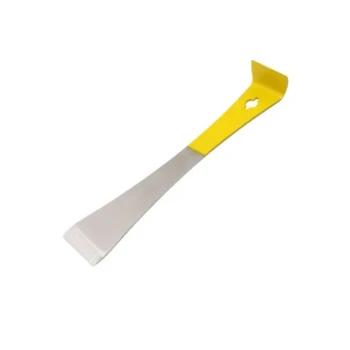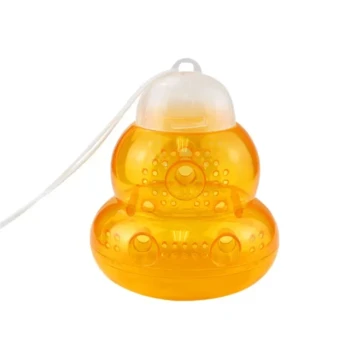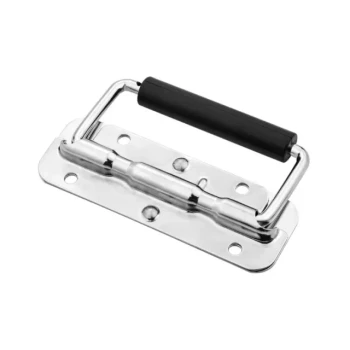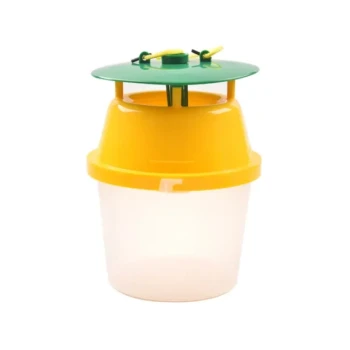Ultimately, preventing small hive beetle (SHB) infestations relies on two core principles: maintaining strong, populous bee colonies and practicing meticulous apiary hygiene. A robust colony can effectively police its own hive, while a clean environment removes the attractants that draw beetles in the first place.
The small hive beetle is an opportunist that thrives in weak, stressed, or poorly managed hives. Your goal is not just to kill beetles, but to create an environment where your bees are empowered to defend their own hive and the beetles cannot gain a foothold.

The Core Principle: A Strong Colony is Your Best Defense
The single most effective tool against the small hive beetle is a high population of bees. A crowded, thriving colony has the workforce necessary to manage and control pests.
Why Strength Matters
A hive with a high bee-to-comb ratio has enough "guard" bees to patrol the space. These bees will chase beetles, trapping them in crevices or small propolis "jails" where they can't do any harm.
The Beetle's Goal: Unprotected Space
SHB need undefended areas of comb to lay their eggs. In a weak or shrinking colony, there are empty combs that the bees cannot cover, creating a perfect nursery for beetle larvae.
How to Maintain Colony Strength
Focus on fundamental beekeeping practices: ensure the queen is young and laying well, manage varroa mites effectively, and make sure the colony has adequate food resources. A healthy hive is a strong hive.
Proactive Apiary Management: Denying Beetles an Opportunity
Good hive management makes the apiary less attractive to beetles and removes the resources they need to reproduce. This is your second line of defense.
Reduce Hive Stress
Minimize hive disturbances and conduct inspections efficiently. Every time you open a hive, you disrupt the bees' defensive structure. Combine tasks and work deliberately.
Avoid Giving Bees Too Much Space
Do not add new honey supers or hive bodies until the bees have drawn out and are actively using at least 80% of the frames in their current box. Excess space is undefended territory.
Prompt Honey Extraction
Once honey supers are capped and ready for harvest, remove them from the hive. Leaving a full super on a hive, especially a weaker one, is like leaving an open pantry for pests.
Immediately Process Cappings and Comb
Beetle infestations can explode in the honey house. Extract honey from your combs within 1-2 days of removing them from the hive. Process wax cappings immediately, as they are a prime food and breeding source for SHB.
Understanding the Trade-offs: Traps and Treatments
While management is key, traps serve as an excellent supplementary tool for monitoring and reducing beetle populations.
The Role of In-Hive Traps
Traps are not a substitute for strong colonies, but they are highly effective at reducing beetle numbers. Most traps use non-toxic mineral oil or vegetable oil to drown beetles.
Bees naturally chase beetles, which flee into dark crevices to hide. Traps exploit this behavior. Beetles run from the bees and fall into the oil-filled traps. Common types include those placed between frames or trays that slide under a screened bottom board.
Using Diatomaceous Earth (DE)
DE can be used as a ground treatment around the outside of your hives, never inside. When beetle larvae crawl out of the hive to pupate in the soil, the DE abrades their exoskeleton, causing them to dehydrate. This helps break the beetle's life cycle.
Responding to a Severe Infestation
If you find frames covered in a foul-smelling "slime," the beetle larvae have already taken over. The slime is a result of their feces fermenting the honey.
At this stage, you must act immediately. Remove and destroy any "slimed" frames to prevent the problem from spreading. Freezing the frames for 48 hours will kill the beetles and larvae before disposal.
Building Your Beetle Defense Strategy
Your approach should be tailored to your specific situation and goals.
- If your primary focus is preventing problems in a new apiary: Start with strong nucleus colonies and be disciplined about not giving them too much space too quickly.
- If you are in a known beetle-prone area: Make in-hive oil traps a standard part of your equipment from day one, in addition to maintaining strong colonies.
- If you are currently seeing a few beetles in your hive: Do not panic. Assess your colony's strength, ensure they aren't in a space that is too large, and add a few traps to start reducing the population.
- If you have discovered a slime-out on a frame: Act decisively by removing and destroying the affected comb to protect the rest of the colony.
By understanding the beetle's needs and empowering your bees' natural defenses, you can proactively manage a resilient and healthy apiary.
Summary Table:
| Prevention Strategy | Key Action | Primary Benefit |
|---|---|---|
| Maintain Strong Colonies | Ensure high bee-to-comb ratio; manage varroa mites. | Bees naturally police the hive and trap beetles. |
| Proactive Apiary Hygiene | Remove honey supers promptly; process cappings within 1-2 days. | Eliminates beetle food sources and breeding grounds. |
| Strategic Use of Traps | Install in-hive oil traps between frames or in bottom boards. | Reduces beetle population without harming bees. |
| Ground Treatment | Apply diatomaceous earth around hive stands (never inside). | Breaks beetle life cycle by killing pupating larvae. |
Protect Your Apiary with Professional-Grade Equipment from HONESTBEE
Building strong, resilient colonies starts with the right tools. HONESTBEE supplies durable, high-quality beekeeping supplies and equipment designed for the rigorous demands of commercial apiaries and beekeeping equipment distributors.
Let us help you fortify your defense against pests like the small hive beetle. Our wholesale-focused operations ensure you get the reliable equipment you need to maintain hive health and maximize productivity.
Contact HONESTBEE today to discuss your wholesale equipment needs and build a more resilient apiary.
Visual Guide
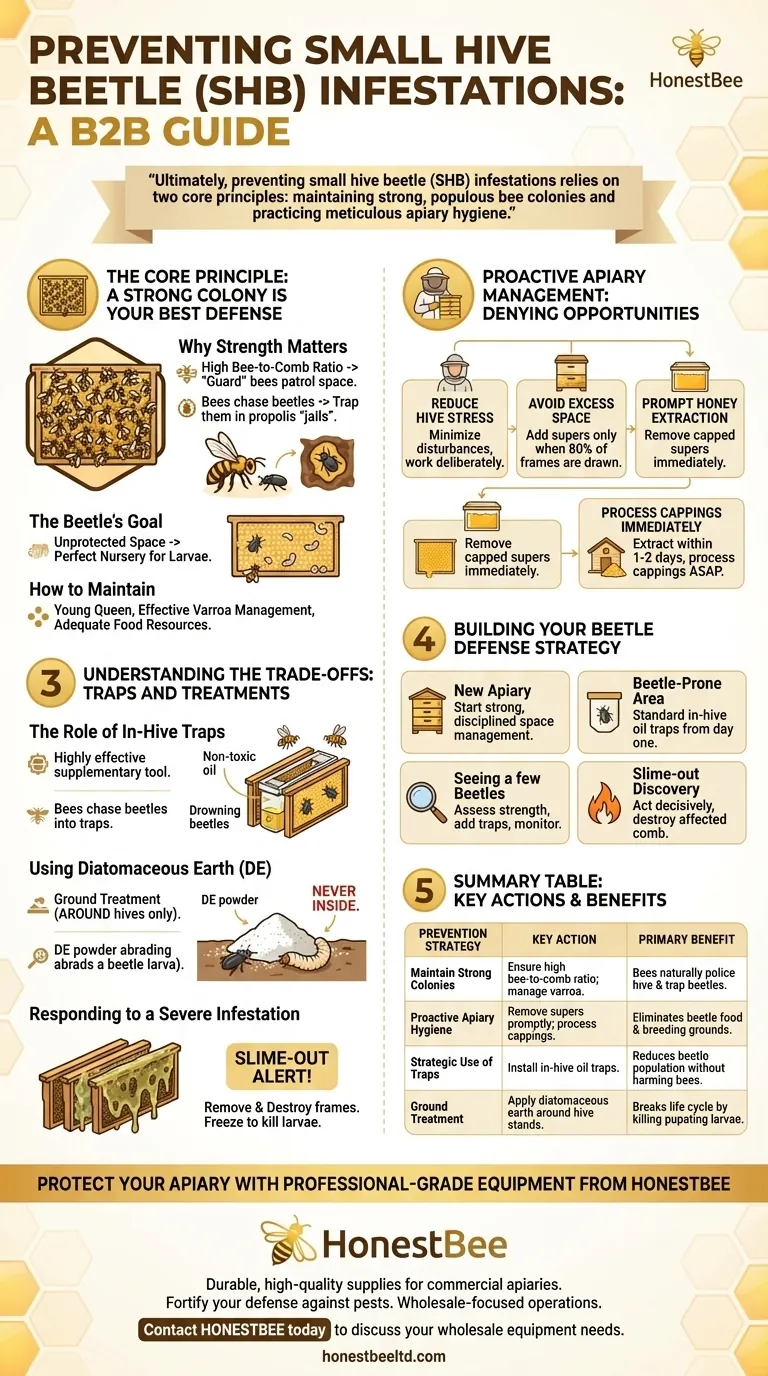
Related Products
- Black Plastic Beetle Barn Hive Beetle Trap for Beehives
- Reusable Clear Small Hive Beetle Traps for Beehives Beetle Trapping Tools
- Removable Washable Hive Beetle Trap Attractants for Small Hive Beetles
- Plastic Beetle Blaster Trap Beekeeping Tools and Supplies
- Professional Galvanized Hive Strap with Secure Locking Buckle for Beekeeping
People Also Ask
- Why are hive beetle traps important for beekeepers? Protect Your Hive from a Devastating Infestation
- What is the best time to use beetle traps? Master the Spring Strategy for Effective Hive Protection
- What are the steps for installing hive beetle traps? A Guide to Effective Beetle Control
- What are the chemical-free options for trapping hive beetles? Control Pests Without Chemicals
- How should beetle traps be placed in the hive? Achieve Perfect Flush Placement for Maximum Control





